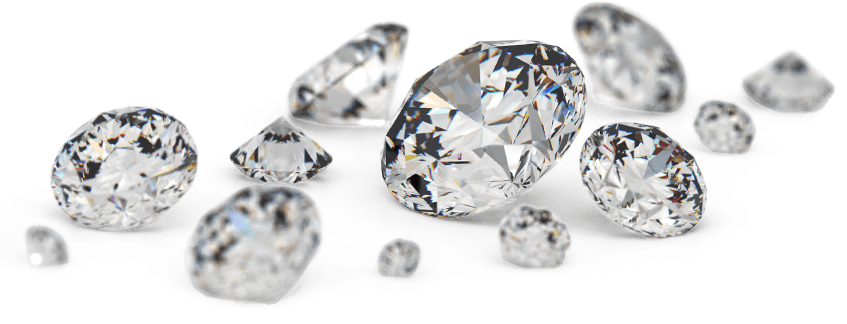Now that you’ve decided to invest in a diamond, perhaps as an engagement ring, a gift for your loved one or maybe as an investment piece, it’s very important to understand the 4 C’s – these C’s form the value of your chosen stone. They tell you about the quality of stone you’re purchasing and stand for cut, colour, clarity and carat. You should take each into account when choosing your diamond.
The Cut of a Diamond
Different cuts can affect the way your diamond sparkles. Cut refers to the various proportions of your diamond, the relationship between the angles of the facets in a stone. In professional jeweller terms, ‘cut’ relates to the brilliance, fire and scintillation of a stone.
- What is Fire? It relates to the light that reflects in rainbow colours.
- What is Brilliance? It’s the light that makes a stone shine brightly.
- What is Scintillation? This refers to the patterns of light that sparkle when the stone moves.
The better the cut, the more it will radiate light, and therefore shine brighter. Cuts are graded using a GIA or an IGI system, these are internationally recognised gradings of diamonds. The ratings as follows give you a clear guide as to what they mean when referring to a stone.
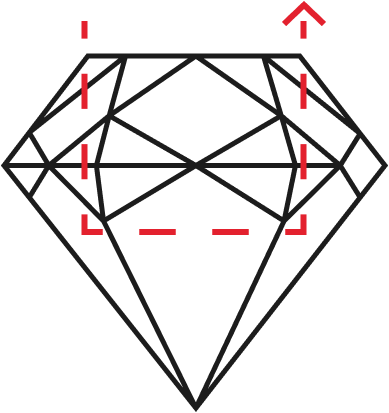

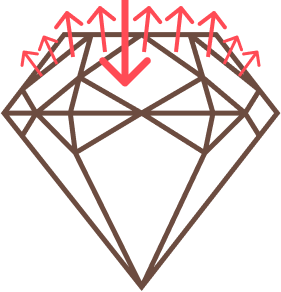
Exellent
This image resembles a diamond. If you choose an excellent cut, when you look into it from above it will obviously sparkle and shine brightly as it reflects light from the top, even when there isn’t much light, an excellent cut diamond will attract it. A diamond that looks dull from the top means it is not cut well as it won’t reflect light so will not display a dazzling shine.
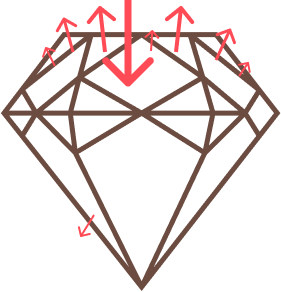
Very Good
A Very Good cut can show some dullness and dark spots when you look down into it. It might also have an asymmetrical pattern of light and dark areas. However, it will still shine and sparkle brightly.

Good
This cut won’t reflect light as brightly as an Excellent or Very Good cut, however it will still shine.
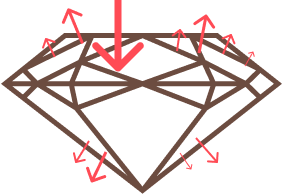
Fair
This cut is less bright than others mentioned above, it doesn’t hold the light so it won’t dazzle or shimmer as well as better cuts.
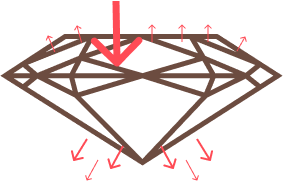
Poor
This is a poor value diamond, the cut is dull and it won’t shimmer or shine.
Understanding a Diamond's Terminology
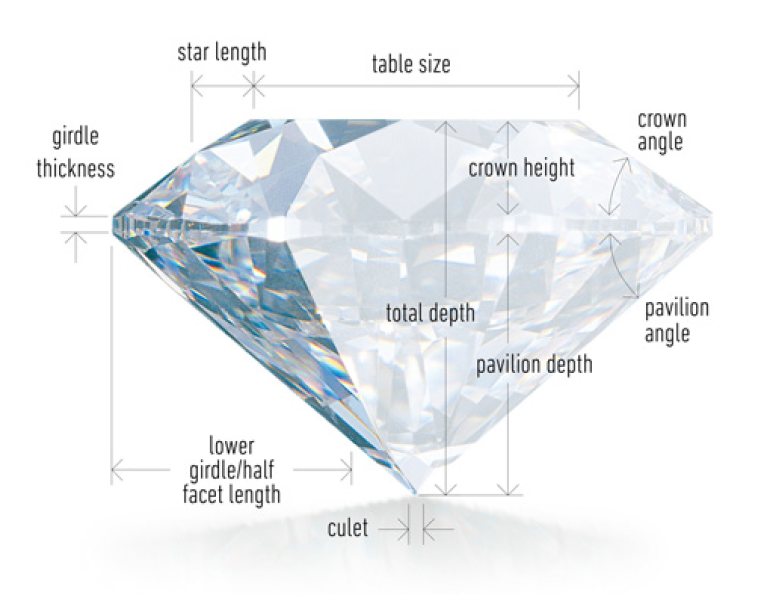
-
GIRDLE
The Girdle is the narrow rim of a diamond that separates the crown from the Pavilion. It is the largest diameter to any part of the stone.
-
DIAMETER
The Diameter refers to the width of the diamond as measured through the Girdle.
-
TABLE
The Table is the large, flat-topped facet of a diamond.
-
CROWN
The Crown is the upper portion of a cut gemstone, just above the Girdle.
-
PAVILION
The Pavilion is the lower portion of the diamond, just below the girdle. It is sometimes referred to as the base.
-
CULET
The Culet is the tiny facet on the pointed bottom of the pavilion, which is the portion of a cut gem below the Girdle.
-
DEPTH
The Depth is the height of a gemstone, from the Culet to the Table.
The Light’s Effect on Diamonds
When choosing a stone, the light’s effect on it is very important. It’s the first thing other people will notice about your diamond and it shows whether or not your stone is of high quality. The best diamond will shine in whatever light it’s worn in – shop-bought diamonds are displayed in lighting that is designed to make them shine, but sometimes, they do not give you a true reflection of the stone you’ve bought. It’s wise to look at a diamond in regular, everyday lighting.
Reflection
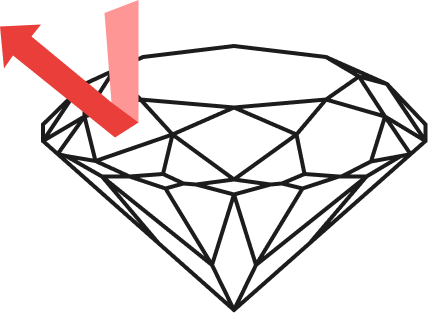
You might hear the term ‘reflection’ when discussing a diamond. This refers to the light that hits the stone and bounces back up, this is what makes it shine – only a small amount of light is reflected back, the rest of the light travels right through the stone. That light then scatters through the stone at different angles and makes it sparkle.
Refraction
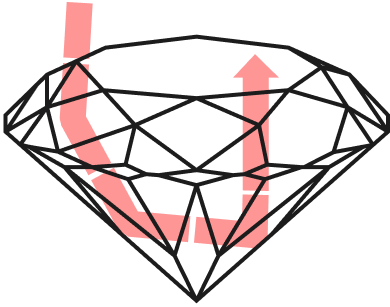
When light enters through the diamond, it’s scattered and fractured perfectly within the diamond creating the sparkle. This concept is known as ‘refraction’.
Dispersion
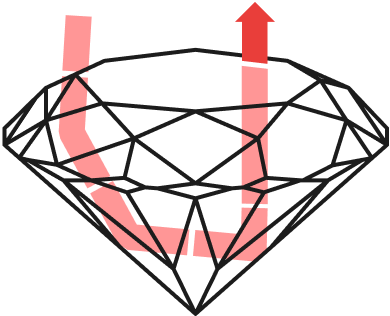
This is when light bends and disperses, creating light and dark areas in the stone, or a rainbow effect (called dispersion), this adds to the stone’s shine and sparkle.
